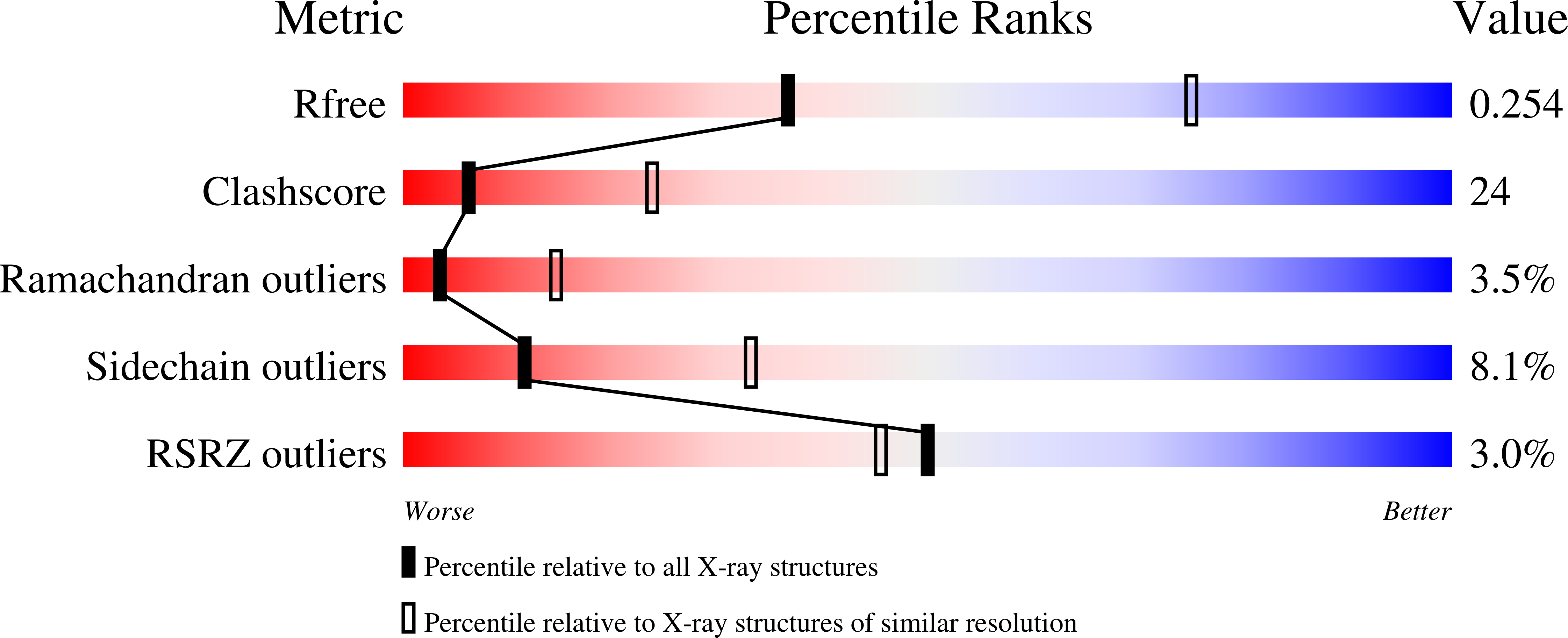
Deposition Date
2007-12-28
Release Date
2008-08-12
Last Version Date
2023-08-30
Entry Detail
PDB ID:
3BTL
Keywords:
Title:
crystal structure of QacR(E58Q) bound to malachite green
Biological Source:
Source Organism:
Staphylococcus aureus subsp. aureus Mu50 (Taxon ID: 158878)
Host Organism:
Method Details:
Experimental Method:
Resolution:
2.90 Å
R-Value Free:
0.26
R-Value Work:
0.21
R-Value Observed:
0.21
Space Group:
P 42 21 2


